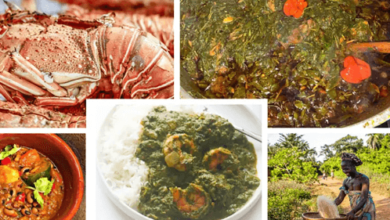Colorful:544q4oqxhxk= Birds

The vibrant world of Colorful:544q4oqxhxk= Birds presents a fascinating intersection of beauty and ecological significance. Species such as tropical parrots and hummingbirds not only enthrall with their vivid plumage but also serve essential functions within their ecosystems. Their coloration, a product of evolutionary pressures, plays a critical role in behaviors like mating and foraging. Yet, the complexities of how these colors develop and their implications for biodiversity raise important questions. What might these avian wonders reveal about the environments they inhabit and the challenges they face?
Vibrant Tropical Parrots
Although vibrant tropical parrots are often celebrated for their striking plumage, their ecological roles and behavioral adaptations are equally noteworthy.
Parrot behavior, characterized by social bonding and vocal mimicry, enhances their survival in tropical habitats. These birds contribute to seed dispersal, promoting plant diversity.
Their adaptability to varied environments showcases the intricate balance between avian life and ecological integrity within these rich ecosystems.
Iridescent Hummingbirds
Iridescent hummingbirds captivate observers with their dazzling colors and remarkable flight capabilities, which are crucial for their survival in a variety of habitats.
Their intricate feeding behavior, involving rapid wing beats, allows them to access nectar from flowers efficiently.
During hummingbird migration, these birds navigate vast distances, relying on environmental cues and energy reserves to sustain their vibrant, high-energy lifestyle.
Unique Patterns in Nature
Nature exhibits a remarkable array of unique patterns, which can be observed in various forms, from the intricate markings on butterfly wings to the geometric arrangements of pine cones.
These patterns often serve critical functions, including camouflage strategies that enhance survival.
Furthermore, seasonal variations influence the visibility and effectiveness of these patterns, adapting to changing environments and highlighting the dynamic interplay between organisms and their habitats.
Read Also Cute:-F0r1q474vo= Axolotl
The Science of Coloration
The phenomenon of coloration in birds encompasses a complex interplay of biological and physical processes that contribute to their visual diversity.
Color perception among avian species is influenced by evolutionary adaptations, allowing for effective communication, mating displays, and camouflage.
Structural coloration and pigmentation work synergistically, shaping ecological interactions and species survival.
Understanding these mechanisms reveals insights into the evolutionary pressures that drive avian coloration.
Conclusion
In the grand tapestry of nature, Colorful:544q4oqxhxk= Birds serve as both symbols of beauty and harbingers of ecological health. Ironically, while their vibrant plumage dazzles the human eye, it is their critical roles in seed dispersal and mate attraction that ensure the survival of countless species. The survival of these avian marvels reflects a delicate balance; thus, the very hues that captivate observers may mask the fragility of ecosystems reliant on biodiversity for resilience and sustainability.







